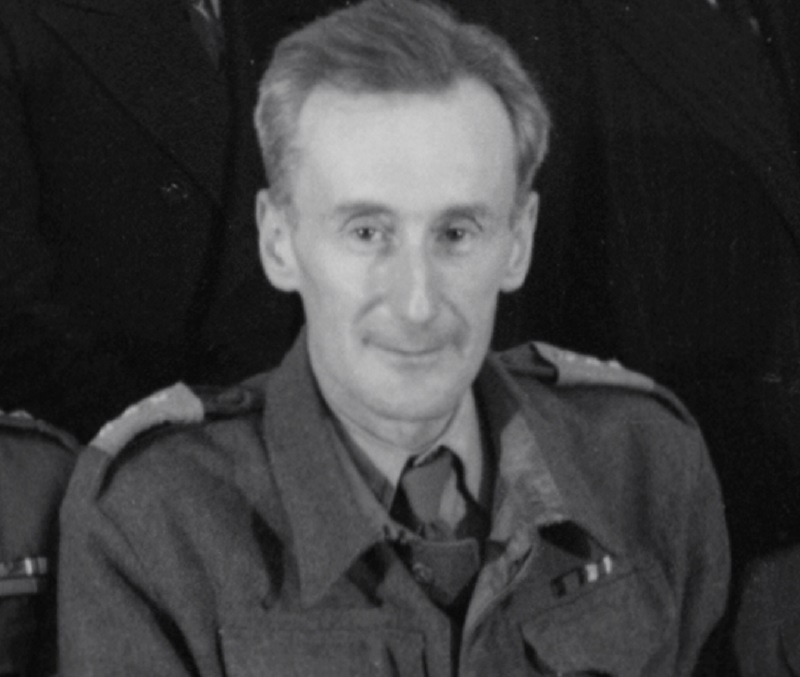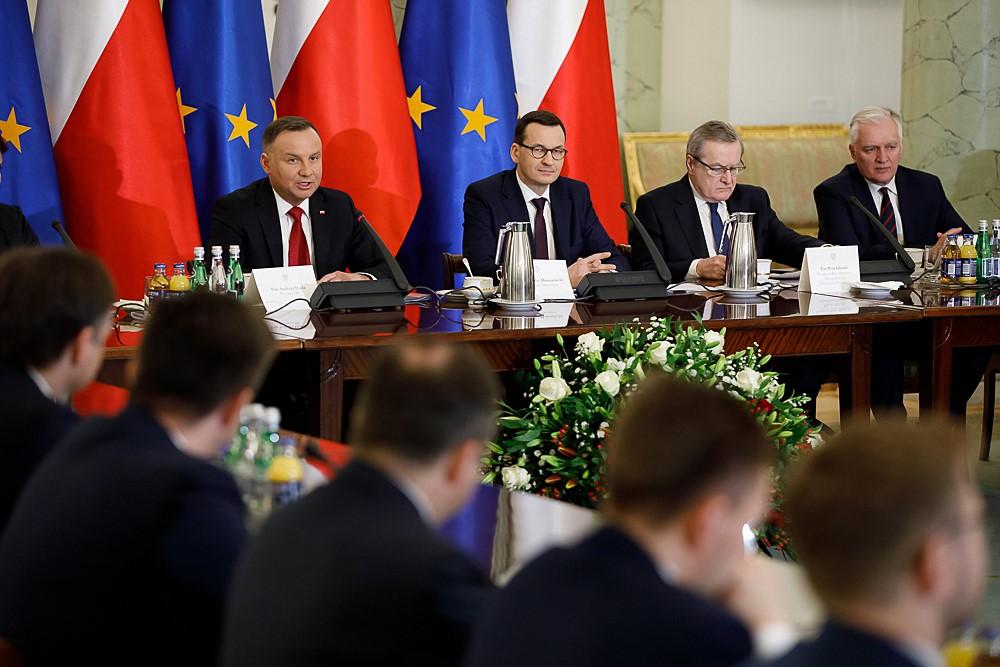Only few survived the Katyn Massacre

Only three percent of prisoners from Kozielsk, Starobielsk and Ostaszków avoided execution.
Tomasz Stańczyk
On 30 April 1940, a transport of officers from Kozielsk camp reached a railway station in Gniezdowo. A NKVD colonel called Stanisław Swianiewicz away and separated him from the rest. Swianiewicz was the only survivor among those transported on that day. The others were shot to death in Katyń forest. Swianiewicz was allowed to live probably because NKVD was interested in his studies on the Third German Reich economy.
Approximately 400 out of 14.5 thousand incarcerated in Kozielsk, Starobielsk and Ostaszków avoided a transfer to the care of NKVD’s district administration boards, that is, in fact, execution. The secret of their survival could be explained by their files, containing interrogation records. The Russian claim that they were burned in 1959. Yet, this is somehow hard to believe.
Józef Czapski, who survived the liquidation of the Starobielsk camp, wrote about the survivors: “There was a whole spectrum of military ranks and beliefs among them, from General Wołkowicki to a private, from people who created their own »krasnyj ugołok« to extreme ONR supporters”. Czapski, who had family connections with the European aristocracy, probably owed his life to their intervention, including interventions by the Italian court. Swianiewicz mentioned that among officers who survived there were some who had links to the intelligence service or conducted political activity “unpleasant to the USSR”.
Another survivor, Colonel Stanisław Libkind-Lubodziecki, recalled that hatred towards the Soviets was so strong that it made some people want to run to the German occupied territories. And NKVD officers were asking them about their plans. Zygmunt Berling claimed that out of 64 persons from Starobielsk, who avoided execution, all, including him, declared the intention to stay in the USSR. Berling was one of only seven high-ranking officers among 800, who were not executed. Only two, he and Bukojemski, stayed in the USSR and served later in the First Division created after the army formed by General Anders left the Soviet Union.
Janusz Zawodny, the author of the book “Katyń”, believes that those who survived had communist sympathies, were prone to indoctrination or in their past, there was something that stroke a sympathy cord among the “saviours”. The latter must have been the case with General Jerzy Wołkowicki, the only survivor of a group of 13 generals. During the Russian-Japanese war, Wołkowicki was the first officer on one of the ships that opposed capitulation. He was a hero of the Russian army. Michał Romm probably survived thanks to protection of his relative of the same name, a well-known Russian director.
Professor Wacław Komarnicki also survived. A NKVD officer Zarubin found it interesting that Komarnicki was a well-known activist of Stronnictwo Narodowe (Polish National Party). And that party had pro-Russian though anti-communist sympathies. Zarubin’s task was to check whether people like Komarnicki could be useful in future political games.
Other persons who had a chance of survival were those of German origin. In Kozielsk, German nationality soldiers were registered. There were approximately 20 of them.
Stanisław Jaczyński states in his books „Obozy jenieckie NKWD IX 1939–VIII 1941” [“NKVD’s Camps for Prisoners of Warsaw Sept. 1939–Aug. 1941”] that there were 448 survivors, of which 245 from Kozielsk, 124 from Ostaszków and 79 from Starobielsk. Soviet sources speak about 395 survivors. A list of the survivors’ names is given by Jędrzej Tucholski in his book “Mord w Katyniu” [“Katyń Massacre”].
In her book “Katyń – priestuplenije protiw czełowiecziestwa” [“Katyń – a crime against humanity”], Natalia Lebiedieva quotes a document signed by the head of NKVD department for prisoners of war. It explains why there were those few survivors out of several thousand victims. 47 persons were of interest for the Fifth Department of GUGB (Main Directorate of State Security), that is, the Soviet intelligence service, the German embassy intervened about 47 persons, the Lithuanian mission about 19; 24 declared themselves as Germans, 91 persons survived on orders from Mierkulov, Beria’s deputy. 167 persons were referred to as “proczije” (others).
According to Lebiedieva, among 400 survivors there probably was approximately one hundred of NKVD collaborators recruited in the camps. It was also based on their denunciations that Stalin decided that a great majority of the Polish army officers, policemen and Border Protection Corps members are people of indomitable spirit, who intend to fight for Poland’s freedom
This article was published in “Do Rzeczy” weekly in 2016



